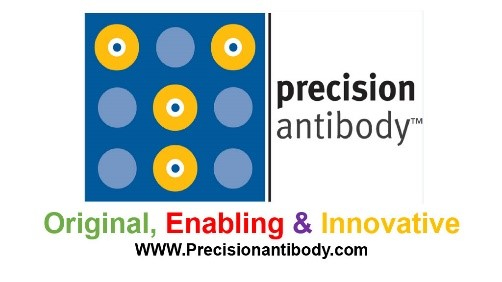
In the intricate world of immunology, antibodies play a pivotal role in safeguarding our bodies against foreign invaders and overcoming diseases such as infectious diseases and cancers. These glycoproteins, also known as immunoglobulins, are produced by the immune system in response to antigens found on microorganisms. The fascinating precision of antibodies lies in their unique ability to bind specifically to antigens, neutralizing toxins produced by pathogens during infection. In the case of cancer, they can target antigens that are overexpressed or mutated as a cause or consequence of the disease. In this exploration, we delve into the structure of antibodies, shedding light on the classifications of primary and secondary antibodies and their diverse applications in research.
The Architectural Marvel: Structure of Antibodies
The Y-shaped structure of mammalian antibodies is a marvel of biological engineering. Comprising two identical light chains and two identical heavy chains connected by disulfide bonds, antibodies possess the ability to bind to single or multiple sites simultaneously. The variable (V) region, forming the arms of the Y, is responsible for specificity and binding to antigens. In contrast, the stem or constant (C) region binds to a limited number of effector cells and molecules. This unique architecture enables antibodies to specifically recognize a wide array of antigens and effector molecules.
Primary Antibodies: The Vanguard of Detection
Primary antibodies are the frontline warriors in the therapeutic targeting or the detection of specific proteins or biomolecules of interest. Produced as monoclonal (mAbs) or polyclonal antibodies (pAbs) using animal hosts such as rats, mice, goats, and rabbits, primary antibodies offer distinct advantages and considerations. Monoclonal antibodies, originating from a single B-cell clone, are each directed against a single epitope of an antigen. This focused specificity makes them ideal for therapeutic and diagnostic development as well as standardized experiments, minimizing background staining and cross-reactions.
On the other hand, polyclonal antibodies, derived from multiple B-cell clones, exhibit a heterogeneous mix of antibodies targeting various epitopes of an antigen. This diversity allows polyclonal antibodies to recognize even minor variations in antigens, making them suitable for diagnostic applications and for experiments requiring the detection of low levels of proteins. Primary antibodies support applications in detecting biomarkers related to diseases such as diabetes, cancer, Alzheimer’s, and Parkinson’s disease, offering valuable insights into diagnostic and research endeavors.
Secondary Antibodies: Precision in Detection
Secondary antibodies act in tandem with primary antibodies, binding to the latter when attached to the target antigen. This indirect interaction facilitates the detection of target proteins by amplification of signals provided by primary antibodies. They can also be used for enrichment and purification of target proteins, showcasing the flexibility and sensitivity of secondary antibodies. Widely utilized in colorimetric, chemiluminescent, and fluorescent detection methods, secondary antibodies prove instrumental in techniques such as flow cytometry, western blotting, and cell imaging.
The selection of the appropriate secondary antibody hinges on factors like the class of the primary antibody (IgG or IgM), the preferred label type, and the source host. Manufacturers typically provide ready-to-use secondary antibodies, designed to work seamlessly with primary antibodies from various host species. Common examples include anti-rabbit IgG, anti-mouse IgG, anti-chicken IgG, or anti-goat IgG.
At Precision Antibody, we believe in the power of precision to drive breakthroughs. Join us in pushing the boundaries of scientific exploration. Together, let’s elevate the standards of antibody research and pave the way for a future of innovative discoveries. Explore Precision Antibody’s offerings today and unlock the precision your research deserves.
References:

Led by innovative minds in immunology and the antibody development field, Precision Antibody has been an industry leader for over 20 years. We not only implement a cutting-edge technique in antigen design, antibody development, production, and other analyses, but we are also constantly working on ways to improve and advance technology to match the ever-changing world of science. If you are interested in learning more about Precision Antibody’s Custom Antibody development.
Precision Antibody™ is the forefront of the global Custom Antibody industry & it is led by the innovative minds in immunology and antibody development field.